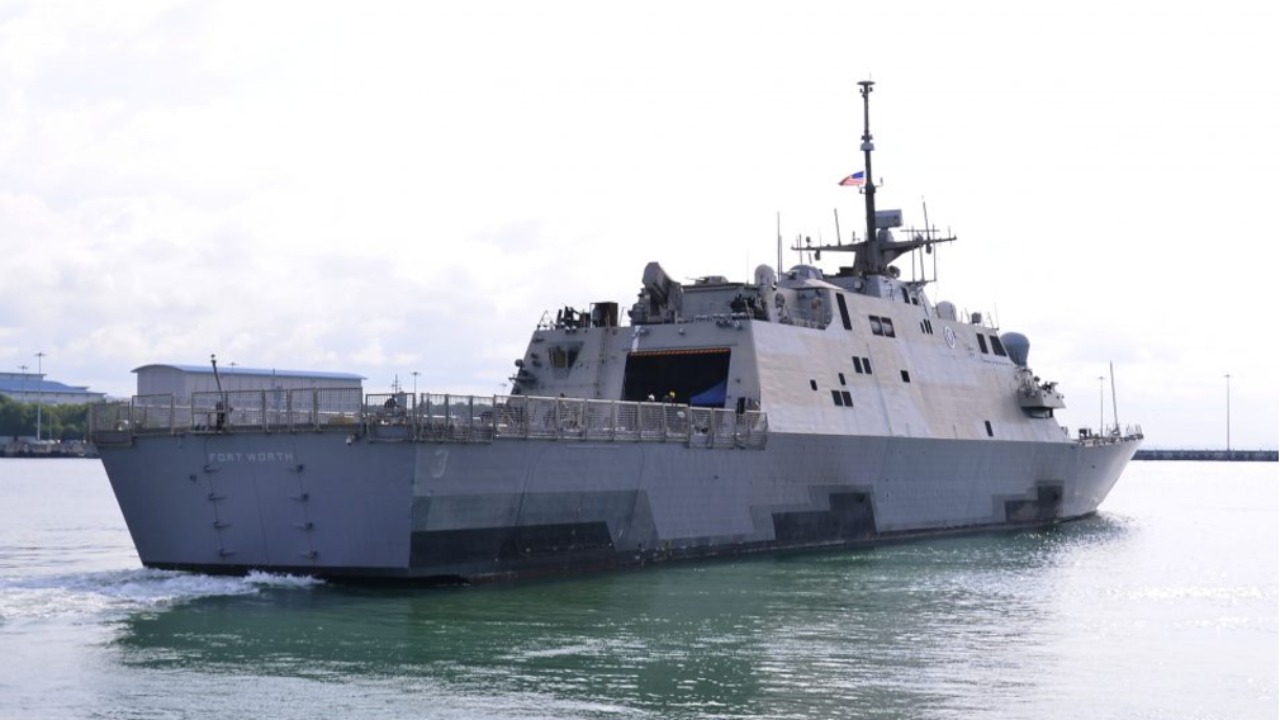
The US Navy is addressing persistent propulsion failures in its Freedom-class Littoral Combat Ships (LCS) by conducting repairs at sea. This shift is crucial due to the class-wide nature of the defects, which have hindered full operational deployment. For example, the USS Detroit (LCS-7), commissioned in 2016, is slated for early retirement in fiscal year 2023, just five years after entering service, due to these ongoing issues. Fixing the propulsion systems across the 16 active Freedom-class ships could take years, prompting the Navy to consider alternatives like decommissioning or foreign transfer as potentially more cost-effective solutions than comprehensive overhauls. [source] [source] [source] [source]
Origins of the Freedom-Class LCS Program
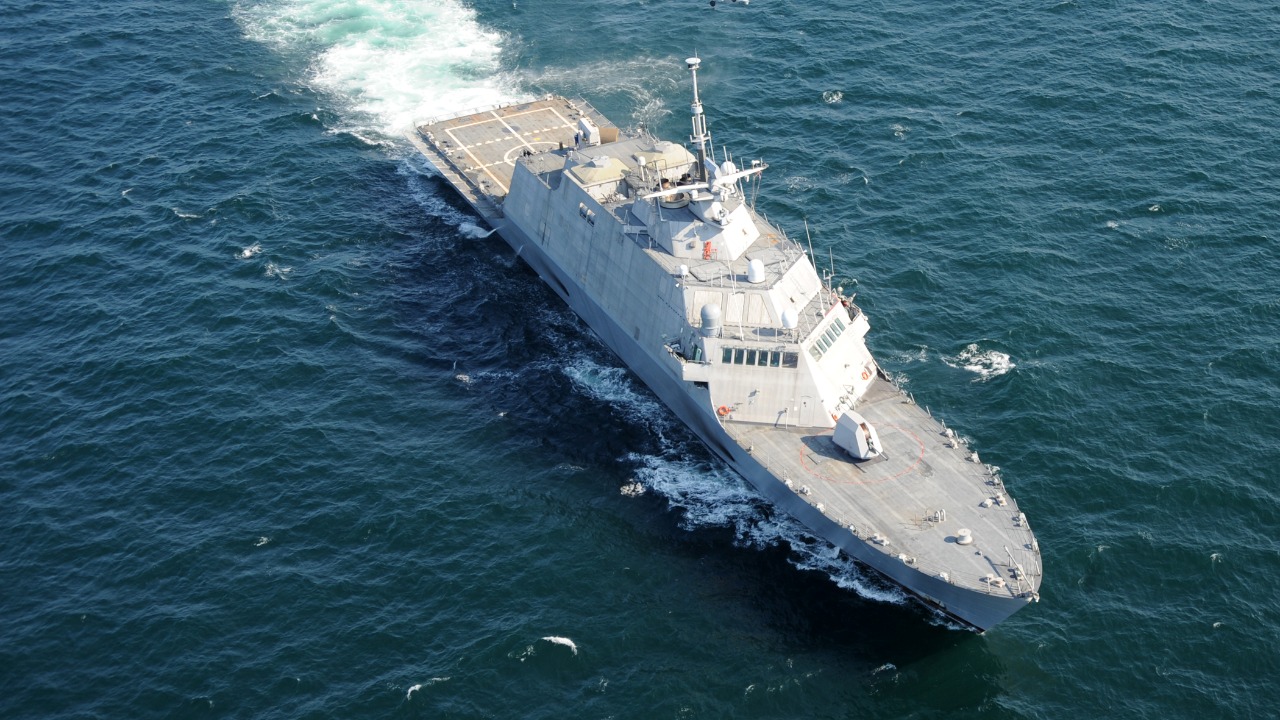
The Freedom-class LCS was initially designed as a fast, modular warship intended for near-shore operations. The first ship, USS Freedom (LCS-1), was commissioned in 2008 to counter asymmetric threats such as small boat swarms. The program expanded to include 16 Freedom-variant ships by 2021, all built by Lockheed Martin at the Fincantieri Marinette Marine shipyard in Wisconsin. These ships were equipped with cost-saving modular mission packages for anti-submarine, surface, and mine warfare [source].
Early on, the Freedom-class ships adopted combining gear systems in their propulsion setup, integrating the main engines and generators. However, this introduced vulnerabilities that became apparent during initial sea trials. The combining gear, crucial for transmitting power from gas turbines to waterjets, was identified as a weak point, leading to significant operational challenges [source].
Identifying the Propulsion Defect
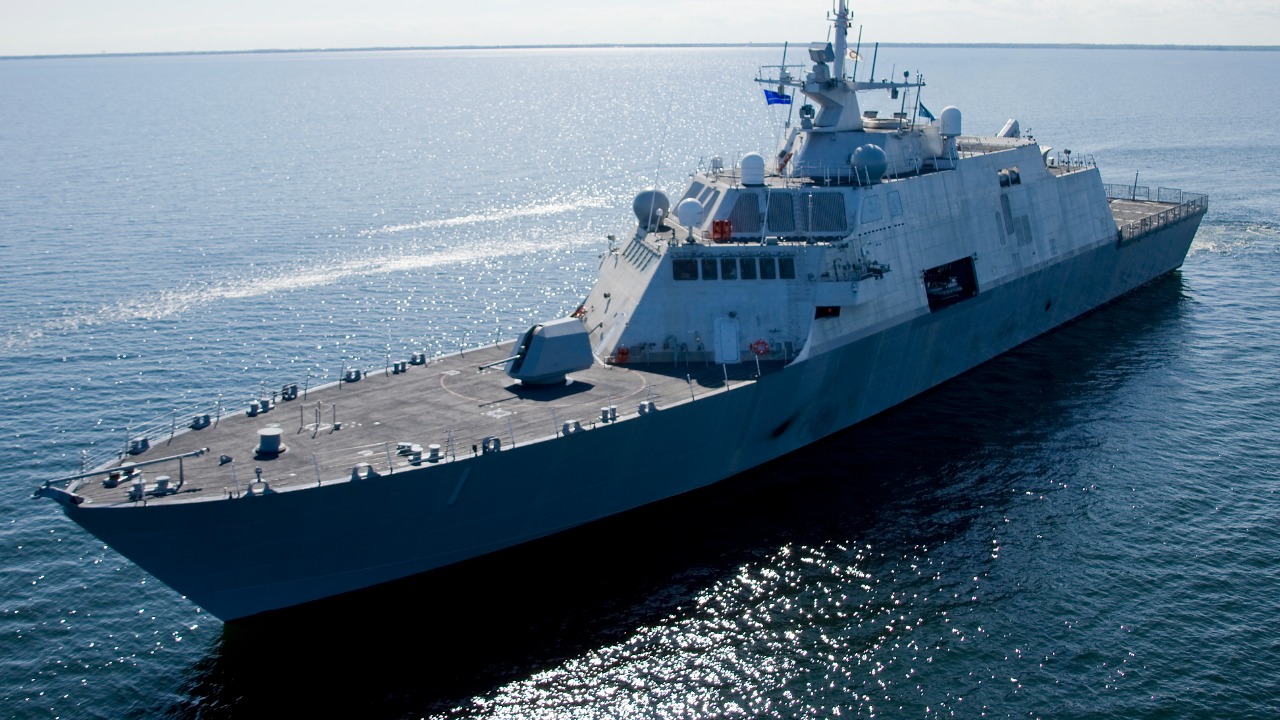
In 2021, the Navy classified the propulsion issue as a “class-wide defect” affecting all Freedom-class LCS. The problem stemmed from failures in the combining gear, which led to sudden losses of propulsion. A notable incident occurred in 2016 when the USS Freedom (LCS-1) broke down during a transit from Singapore to Australia, losing all propulsion and requiring a tow. This incident highlighted the severity of the defect [source].
As a result of these issues, the Navy decided not to accept delivery of new Freedom-class ships, such as the then-under-construction USS Nantucket (LCS-27), until a validated propulsion fix was in place. This decision, announced in January 2021, underscored the Navy’s commitment to resolving the defect before expanding the fleet further [source].
Shift to At-Sea Repair Strategies
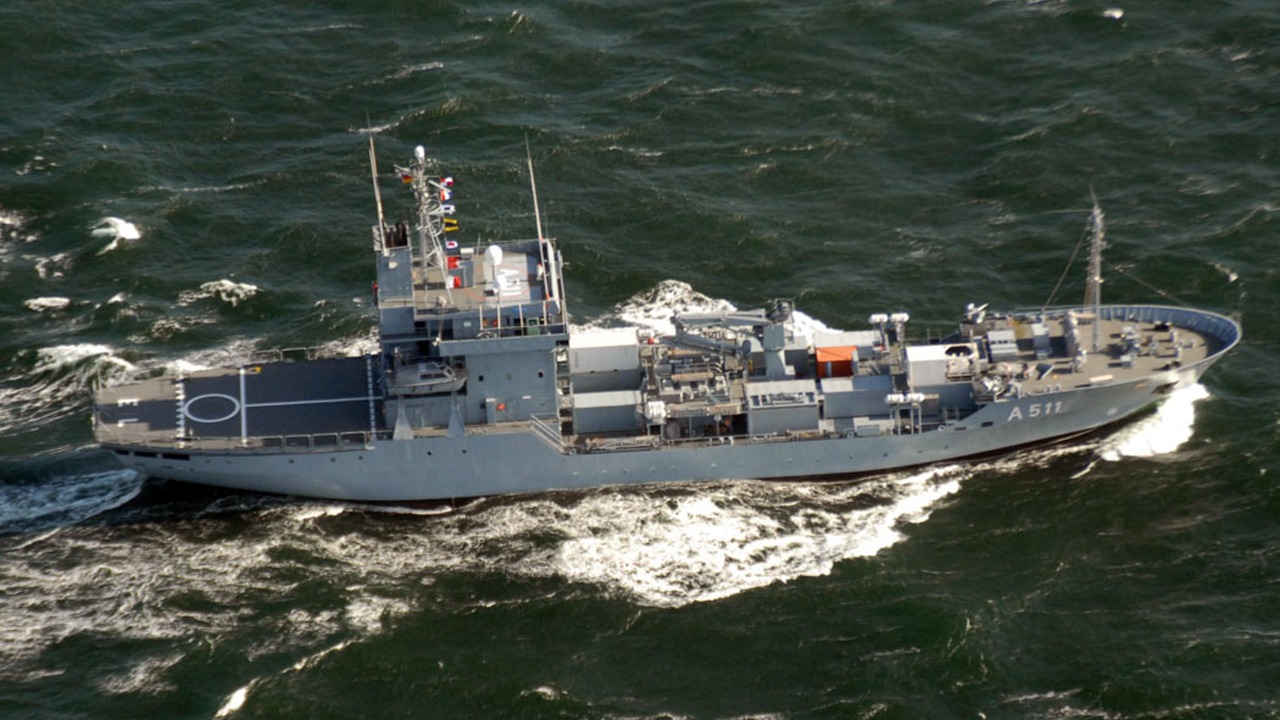
To address the propulsion issues without waiting for full depot-level overhauls, the Navy has explored at-sea repair strategies. These efforts aim to allow crews to perform partial fixes on propulsion components during deployments, minimizing downtime. Although comprehensive repairs are still necessary, these interim measures help maintain operational capabilities [source].
Implementing these repairs involves logistical challenges, such as deploying specialized technician teams and adapting supply chains to support the 16-ship fleet. Despite budget constraints, these efforts are crucial for keeping the ships viable and ensuring they can fulfill their intended roles in the Navy’s strategic operations [source].
Retirement and Cost Considerations
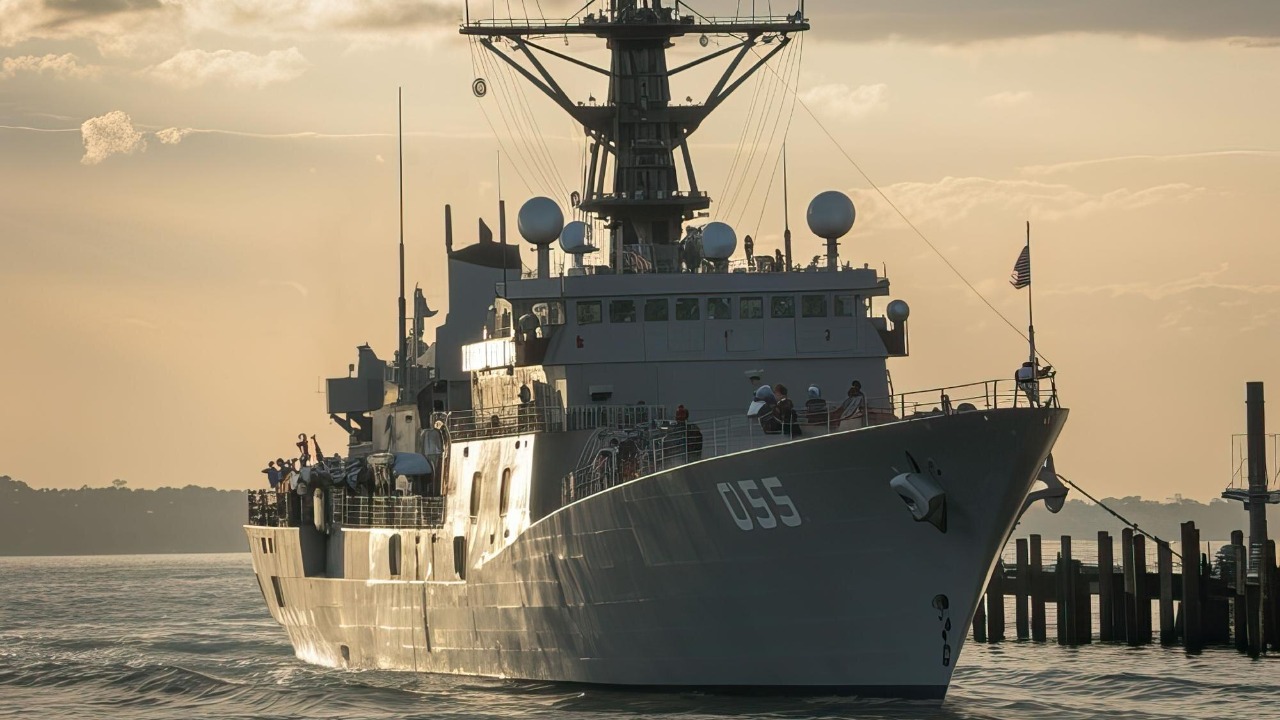
The Navy’s decision to retire the USS Detroit (LCS-7) in fiscal year 2023 highlights the financial and operational challenges posed by the propulsion defects. The ship’s repeated failures and maintenance costs exceeding $100 million since 2016 have made early decommissioning a more viable option [source].
Repairing the propulsion defect across the remaining Freedom-class ships could cost more than $500 million per vessel, making full fixes economically unfeasible. Consequently, the Navy is considering alternatives such as foreign military sales or scrapping. Transferring ships like the USS Fort Worth (LCS-3) to allies could be cheaper than junking or overhauling, potentially saving the Navy up to $2 billion overall [source].
Broader Implications for Naval Strategy
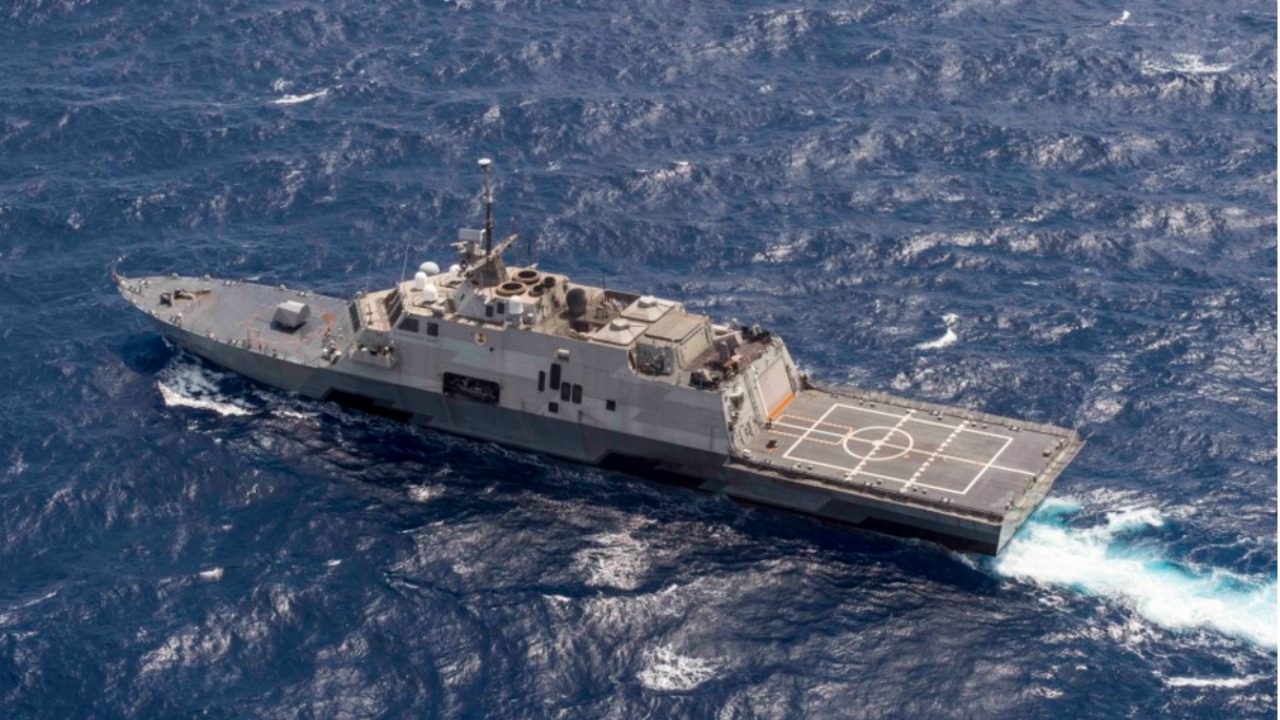
The propulsion issues with the Freedom-class LCS have delayed the Navy’s littoral warfare capabilities, forcing reliance on older vessels and impacting readiness in key theaters like the South China Sea. This situation underscores the importance of addressing technical defects promptly to maintain strategic deterrence and operational effectiveness [source].
Lessons learned from the Freedom-class program are influencing future shipbuilding efforts, including the Navy’s pivot toward the Constellation-class frigate to replace LCS roles. Initial deliveries of these new ships are expected in 2029, with a focus on avoiding similar propulsion pitfalls. This shift reflects a broader strategic realignment to ensure the Navy’s fleet remains capable and reliable in the face of evolving threats [source].
Geopolitically, the reduced U.S. presence in contested waters due to repair backlogs highlights the urgency of implementing effective at-sea fixes. Maintaining a robust naval presence is critical for upholding international norms and deterring potential adversaries in strategically vital regions [source].